Customer Service Improvement Plan For Small Business: Hit Your KPI
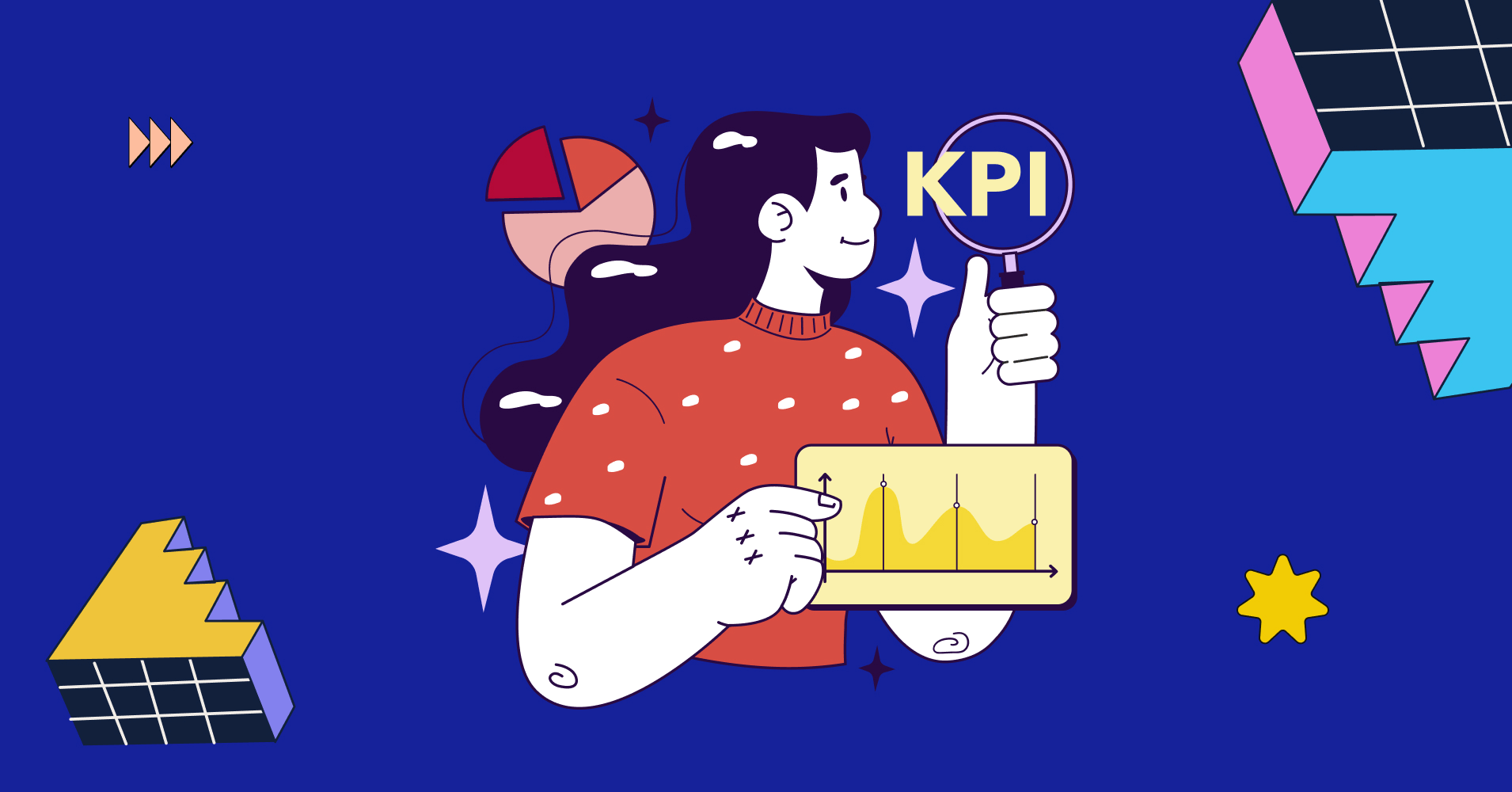
Let’s say you have the best product in the world, but when a customer wants to reach out to you or ask a simple question, she/he receives the reply after 3 days. This indicates, that your customer service needs improvement.
If your customer service agents can’t handle a frustrated customer who wants to lash out, then you need to improve.
With the rise of social media, after just one bad experience a customer can storm the feed, bashing your product. So be mindful of the quality of the customer service of your company. Good customer service ensures you stay ahead in the race with your competitors.
63% of buyers are willing to pay more for a better customer experience. So, if you think your customer service needs improvement, never hesitate to take action as it has long-lasting benefits.
It’s the year 2024, and your consumers are more prone to digital-first experiences and also they will hold numerous types of expectations as the world is moving so fast. A customer-centric approach is what you should focus on.
So, leveling up your business with an effective customer service improvement plan is a must. Don’t miss out on the fundamentals of a customer service improvement plan. It includes :
- Personalization
- Data-driven approach
- Continuous improvement mentality within the plan
- Focusing on the most impactful metrics
- Not to get stuck on getting the job done mentality
In this blog, we’ll try to cover the steps you can take to climb your way to create an impactful customer service improvement plan.
What is a customer service improvement plan?
A customer service improvement plan is a set of strategic steps that are required to achieve a measurable goal regarding customer service. It comes from thorough research on:
- What needs fixing
- What deserves your priority
- What are your tactics to achieve those steps
Your customer service improvement plan should contain the steps that’ll improve the ‘Customer Satisfaction Metrics’ like net promoter score (NPS), customer satisfaction (CSAT), churn rate, ticket volume, response time, resolution time, etc. An effective plan should include a clear goal along with feasible key performance indicators (KPIs) to measure.
Importance of customer service improvement plan
61.7% of surveyees believe that improving customer service is one of the most effective steps that enhance the customer experience. If your customer gets a bad experience then it’s done for you.
Invoca says, 76% of consumers end relationships with a company after just one bad experience. According to 91.1% of surveyed businesses, a good customer experience brings in higher customer retention.
On the other hand, even after an error, 78% of consumers remain loyal to a brand that delivers exceptional customer service. So, great customer service is always your asset. Planning on customer service improvement leading to the right infrastructure creates a system in your business that provides customer service flawlessly.
In terms of resources, if you are an owner of a small business you have your struggle. Customer service is one thing that you can use for your benefit and can get a jumpstart to your business. Because gaining new customers can cost you a lot more than keeping your old ones.
The planning and its execution build a deeper relationship with your customers that generates word-of-mouth awareness. This is why we believe enhancing customer service shouldn’t just be tied to cost-effectiveness but also generate revenue.
How to get started?
Before you jump into a customer service improvement plan, you need to tick some checklists and then proceed. They are:
1. Evaluate your strengths and weaknesses
When you have a clear idea of what your strengths and weaknesses are, you expand your horizons. It helps you target your priorities and also paves the way for a variety of options you can work on.
KPI stands for Key Performance Indicator – KPIs are quantifiable metrics that measure your growth towards a projected outcome.
Here are a few KPIs (key performance indicators) for customer service that can help you in the process of evaluation:
- Net Promoter Score (NPS)
- Average Resolution Time
- Customer Effort Score (CES)
- Customer Satisfaction Score (CSAT)
If you don’t have any idea what they are and how to measure them, then read our blog on how to measure customer satisfaction.
2. Understand your customer’s expectations
Reviewing what kind of service you intend to provide your customers is a must. Have clarity about your responsibilities and set feasible expectations. Set timelines for diverse communication channels and communicate those to your clients in advance, which will help your customers set their expectations accordingly.
3. Set your goals
A customer service improvement plan works out only when you have goals. Your goals should be measurable. Having well-defined goals helps you direct your action regarding the improvement of overall customer service performance.
The goals you would target should fit the characteristics of the SMART approach, where SMART refers to:
- S- Specific
- M- Measurable
- A- Attainable
- R-Realistic
- T- Timely

As long as your goals are SMART, the possibility of you achieving those goals remains higher.
NOT a SMART goal: “Achieve 100% perfection in all tasks.
A SMART goal: “Reduce errors by 25% through improved quality control measures in the next three months
4. Streamline your workflow
Before kicking off the customer service improvement plan, streamline your workflow. Cultivate the virtues of reliability and patience with your customer service representatives as they have to work with your company for a long time regardless of the complaints from the customers.
Also, focus on organizing and preparing a client experience. Going through the company’s manual and product description can help you to stay ready with a solution as soon as the customer is facing issues.
You should also learn the process and appropriate channels for escalating the issue regarding customer support when you don’t have a solution.
5. Establish an appropriate communication channel
A customer service improvement plan works properly when you have a robust communication channel for your customers. To create a seamless customer experience, it’s necessary to establish effective communication channels with clients throughout the entire engagement journey.
Make sure your clients feel supported without even having to reach out for help after each step. Provide clear guidance throughout their journey, keeping them informed about their current stage, completed tasks, upcoming steps, and what to anticipate next.
6. Don’t miss the little things
Always look out for the opportunity to work on the little, simplest things. Those little things can be a game-changer for you to stand out in the competition. Establish clear and specific guidelines for your customer service agents, encouraging them to respond to calls and emails within a designated time frame.
Guide your team to prioritize the customer’s concerns and offer valuable assistance. Encourage them to recognize and appreciate valued customers for their contributions. Also, implement a process to help identify and cater to VIP customers.
Putting these elements in order before crafting your customer service action plan can make a significant difference. Once the overall guidelines are set, your customer service agents can concentrate on the details of providing exceptional service with ease.
Once you have gone through the checklists, you’re ready to dive into the further steps of the customer service improvement plans. Here are the ‘6 steps to building a customer service improvement plan’.
6 Steps to building a customer service improvement plan
Now let’s get straight to the steps that you have to take when building a customer service improvement plan.
1. Find what your customers want
Always keep track of what your customers need. Staying close to the customer allows you to stay in the competition. Understanding your customer is the first and foremost step to offering great customer service.
Acquiring new customers is a tougher and costlier task than keeping one. So, your existing customers should always be at the center of your focus. Try to reach them in any channel possible and stay in touch. You can take surveys or ask them to fill out feedback forms.
Don’t depend on guesswork as it can lead you to terrible decisions. Talking to your customer is what you should always choose. Take a moment to go through past customer inquiries and data; it can offer valuable insights into understanding your customer’s expectations.
Your plan should always include finding the unmet customer needs and thus uncovering the opportunities for improvement.
2. Check what’s working and what’s not
Check which parts of your internal processes are going well. Which customer service operations have achieved praise from your customers and where they have bashed you.
Creating a visual chart would help you to understand the whole scenario. Check if you have ample personalization in customer service. Find out if there is room for improvement. Include it in your plan.
3. Understand your customer service touchpoints
Customer service touchpoints are those moments when customers might hit up your support team for buying tips, questions, or a follow-up after making a purchase.
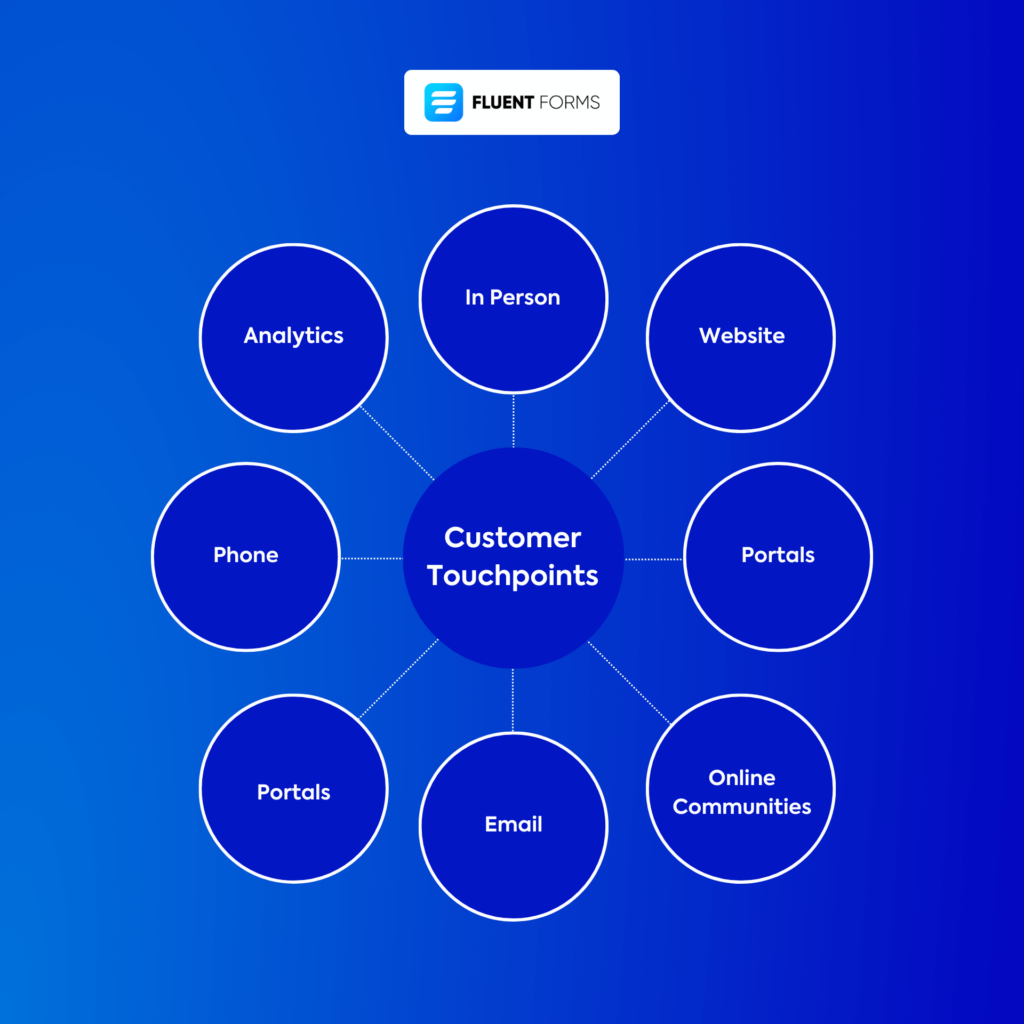
In the journey that starts from people deciding to buy and eventually becoming a customer, you and your team have windows of opportunity. Here you can put your efforts to leave a positive impression on the customer’s experience.
Listing down all the touchpoints before kicking off your plan is a must.
To illustrate, contacting customer service is a touchpoint. Within this one, there are many different touchpoints. By labeling the journey a customer takes from one touchpoint to another, you can create a journey map. It must include what the customer is thinking, feeling, and doing.
4. Identify underperforming touchpoints
You can run audits to get an estimate of your performance on all touchpoints. Digging through all your communication platforms and going through customer feedback thoroughly would also help in the process.
You have to measure customer feedback. Run surveys if necessary. Go through conversational feedback if possible.
Compare different platforms in various metrics i.e. CSAT score, wait time, resolution time, and cost per contact. For the sake of demonstration, imagine your live chat has a significantly higher CSAT score compared to phone calls. These phone calls are underperforming and you should take the opportunity to dig deeper.
Ask questions like:
- Why are phone calls underperforming?
- Is it because the phone calls take too long?
- Is it because the phone calls get transferred from one agent to another?
- Is it because your agents don’t listen to the problems properly and the customer gets frustrated?
Breaking down your touchpoints like this can route you to the root cause of why they’re underperforming. Once you have found that, create a customer improvement plan that revolves around those touchpoints.
Follow the process for all your touchpoints. We suggest you pick the improvement areas that are easy to resolve and can have a high impact. Find which best aligns with your ultimate strategic direction.
Set your SMART goals focusing on them.
5. Create strategies you’ll follow to improve the touchpoints
When you have finished identifying your goals and areas of improvement, the next step is to define your actions to achieve that goal.
Your planning of action should be highly personalized to the goals and touchpoints you identified. Your plan should include steps for tackling these issues, which employees will be involved, what steps you will take to resolve it, and the timeframe within which everything must be accomplished.
When do you expect to see it change? What’s the earliest duration to know what you’re doing is having an impact? These questions should be answered regarding your ultimate strategic goal.
Running a small-scale experiment before you set out projects for your entire team is recommended. Thus you can measure ROI and impact on your metric.
Your customer service action plan can be:
- Know where you wanna go
- Create measurable goals
- List the tasks that need to be performed
- Divide big tasks into smaller, more manageable parts
- Decide on deadlines for daily deliveries
- Create a visual representation for your action plan
- Track your actions regularly
6. The best time to take action is, now
If you think only having the best plan can help you achieve your goal and then get stuck in the planning mode, then there’s no way out.
Just jump in and don’t be afraid of experimenting.
It’s a fast-paced world and the earlier you start, the faster you understand what will work and what won’t. This helps you to adjust your plans faster and again jump into action to hit your goals.
If you plan to excel in customer service you should move fast, take action, learn, and repeat. Relying on guesswork or past data won’t help you go a long way. Keep seeking to collect a lot of data with consistent action. This ensures the possibility of delivering exceptional customer service.
Best customer service companies you can follow
Take advantage of the chance to learn from the best customer service when your goal is to deliver an excellent customer experience. Follow which companies match your niche or at least try to learn about their intent. That’ll help you in the long run.
The best customer service companies are recognized because of their replicable support processes and customer-centric culture.
Here we listed a few companies with the best customer service that you can and you should follow if they have similar goals aligning with you.
1. Amazon
We don’t need to imagine how successful Amazon is because it’s real. Behind its success story, there can be many pillars but one of them is their extraordinary customer service.
To ensure a seamless buyer’s journey, Amazon assembled a list of questions that are related to general information about shipping, refund, delivery, etc. that assures customers of their purchase in uncertain times.
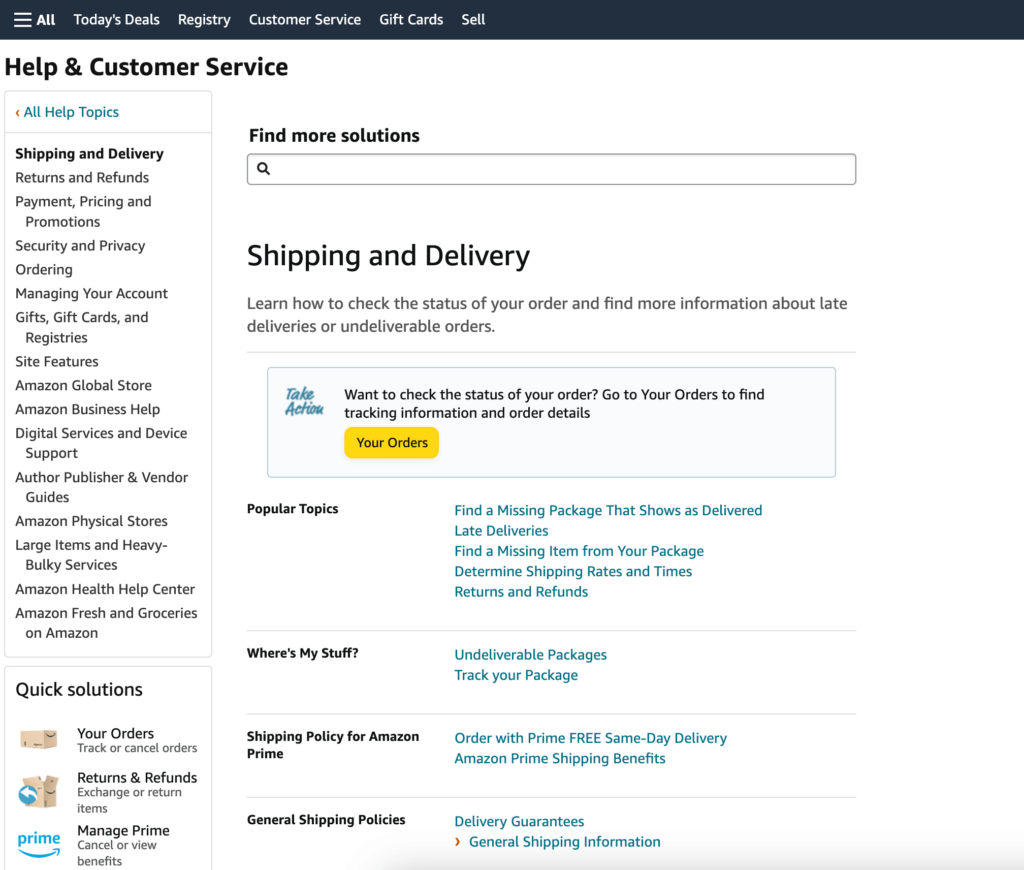
So the learning from Amazon you can take is, that self-service is the first step when serving your customers. You can also make documentation, videos, or dedicated FAQ pages on your website to ensure that the customer can help themselves when facing minor issues.
2. Starbucks
Starbucks always aims to provide top-notch personalization on its mobile app. Customers feel delighted when they can play with your product according to their choices.
This personalized experience from Starbucks gave customers a joyous feeling when they had their usual order ready even before they reached the outlet. These little moments are the assets that Starbucks is utilizing.
So, always check if you have possibilities to change even a little experience that can build stronger bondings between you and your customers.
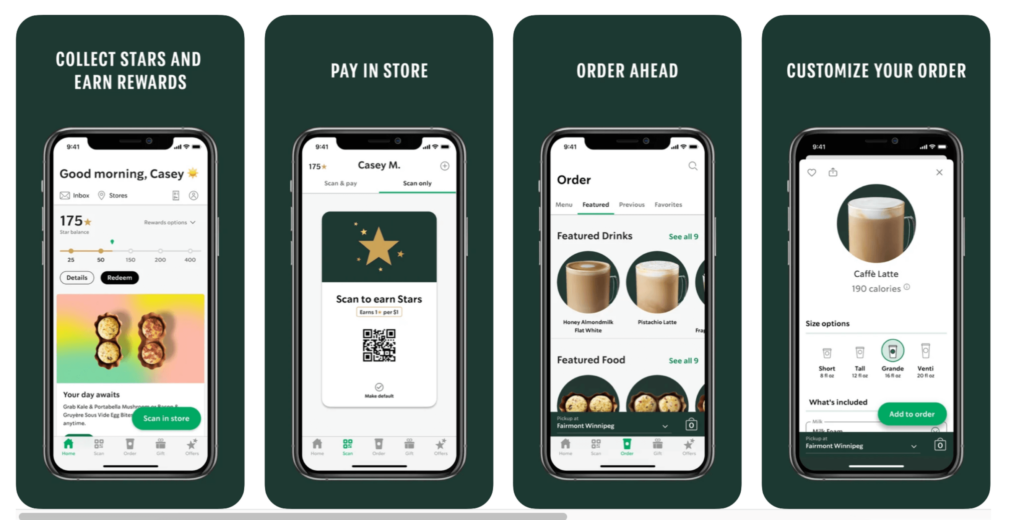
3. Chick-fil-A
Chick-fil-A is an America-based chicken restaurant chain. It’s renowned for extraordinary hospitality towards its customers as well as employees. This brand is determined to provide exceptional services.
They foster a culture of empathy in their business. Their staff never hesitates to carry the heavy baggage of old people or offer fresh pepper to the customers dining in. All these gestures create a welcoming environment for all the customers.

4. Freshworks
Freshworks is a company that offers intuitive customer experience SaaS solutions. They have reliable, technically competent support teams and customer success managers.
They put their efforts into customer relationships that improve customer lifecycle value. Customer-facing teams at Freshworks break their bounds to fulfill customization requests and take on complex technical requirements without hesitation even after the sale’s completion.
You can learn from them how a customer-first approach can be a path to stand out from your competitors.
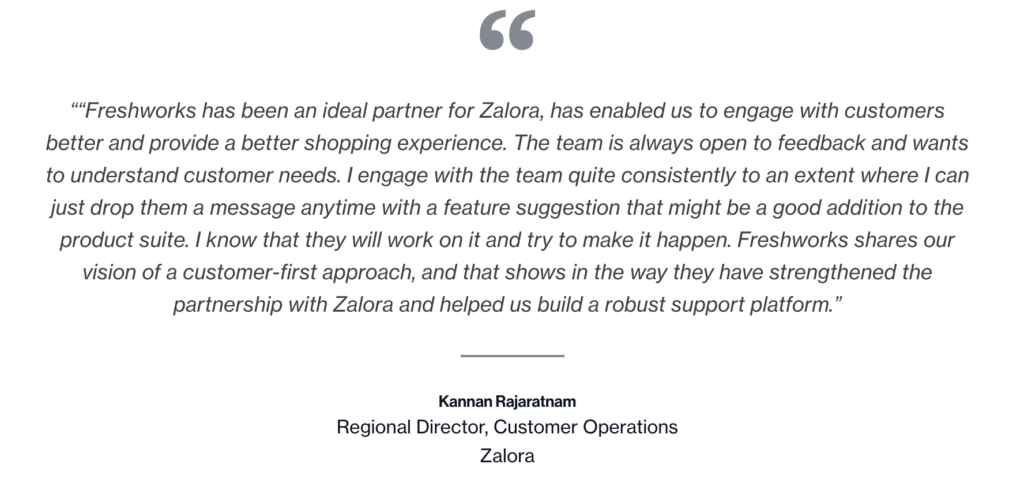
Conclusion
A perfect customer service improvement plan doesn’t exist theoretically but it becomes perfect by numerous executions and its consistency. It’s up to you to find out which suits the best by trial and error.
So, never be afraid to run trial and error with your plans.
Stay connected with us on our social media channels as we’ll never stop helping you. Have a beautiful journey with your customers.
Don’t hesitate to share your thoughts. Leave a comment below.







Leave a Reply